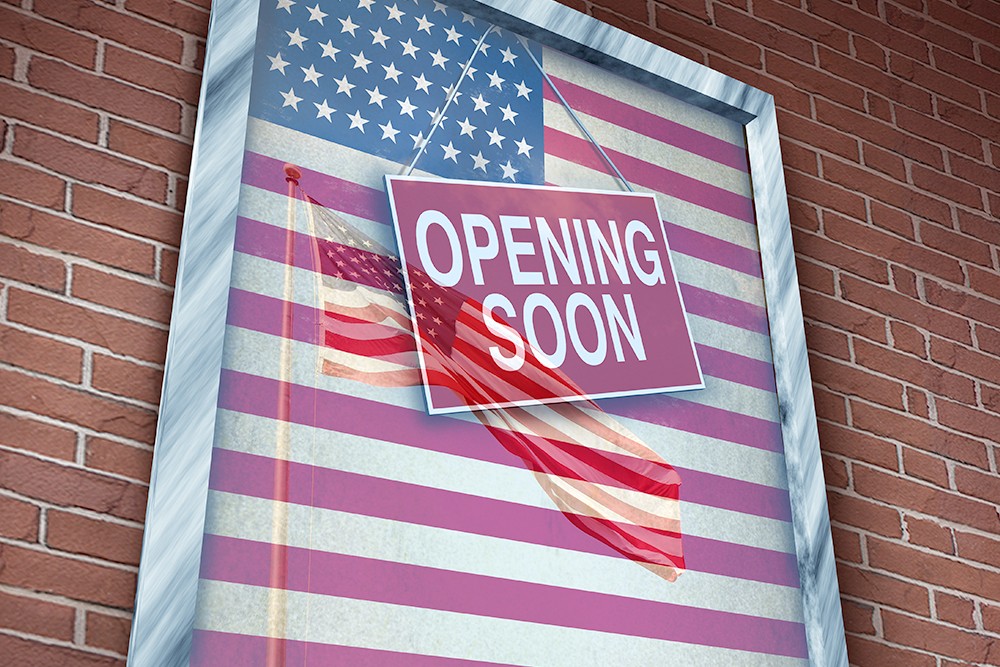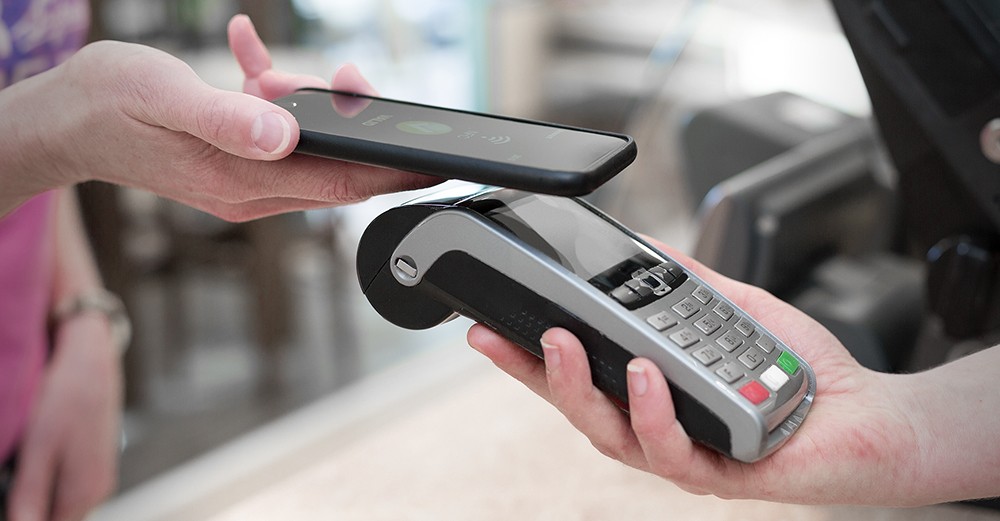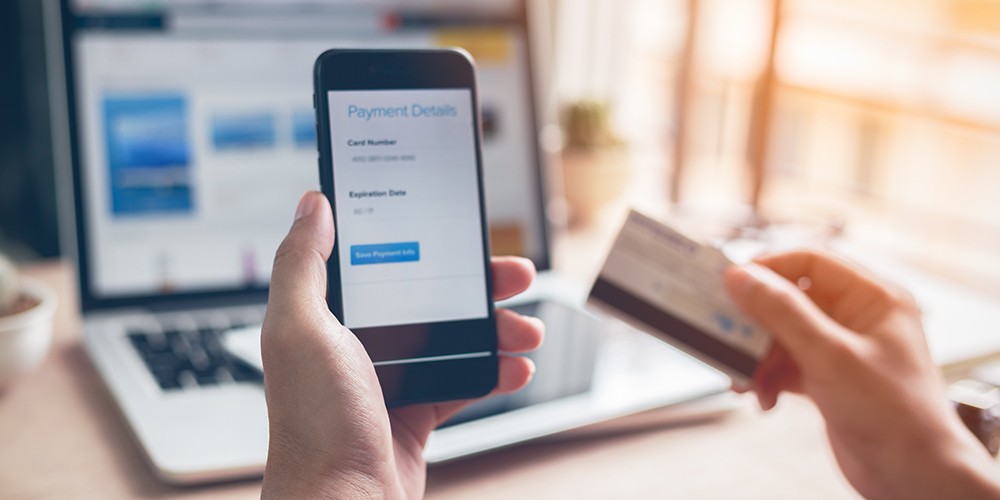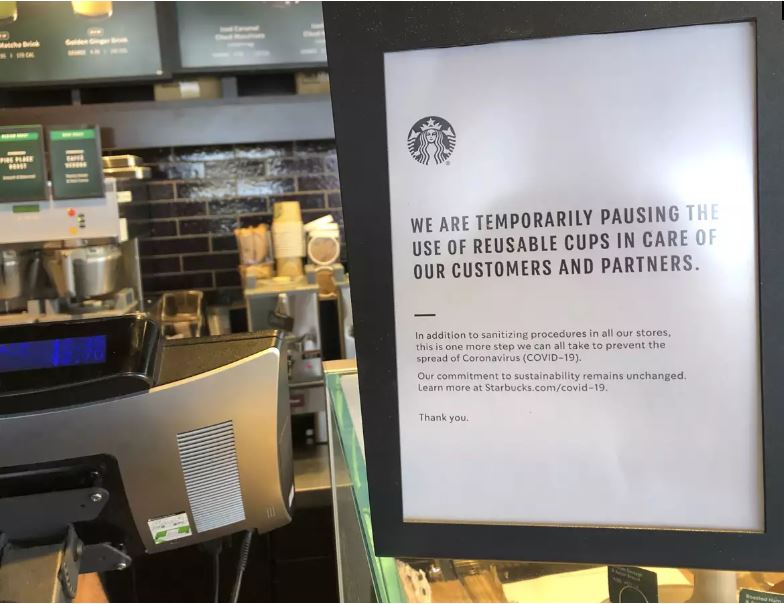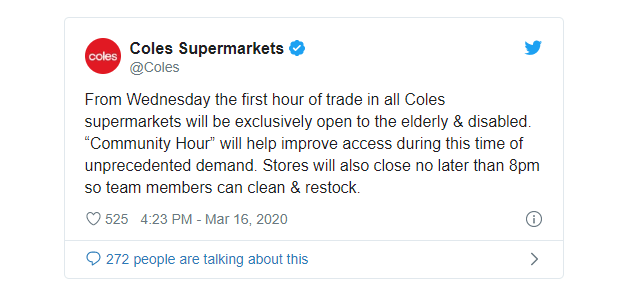As the US begins to ponder lifting lockdowns, retailers are being urged to prepare to get back to business, with the Retail Industry Leaders Association (RILA) and the National Retail Federation (NRF) this week releasing a blueprint of how they expect the reopening will occur.
Noting retail had been at the forefront of the COVID-19 crisis in terms of both servicing consumers’ essential needs and business shutdowns, the ‘Open For Business’ blueprint explains retailers have been learning from each other and “now is the time to prepare for the entire retail sector to safely re-open”.
“As an industry, we stand ready to assist governors and mayors with the important task of safely re-opening our main streets and storefronts again, with an underlying commitment to helping all families Shop Safe,” RILA and the NRF state.
Here’s a quick snapshot of how they propose going about it…
Step 1 – Contactless
Warehouses and distribution centres are the first places the blueprint suggests retail and government should focus on reopening in a bid to facilitate e-commerce, contactless curbside pickups and in-home delivery.
“In these operations, a limited number of employees are allowed in stores that are closed to the public to fulfil online orders and deliver purchases to customers who drive or walk up, observing appropriate social distancing,” they propose.
Step 2 – Reduced occupancy
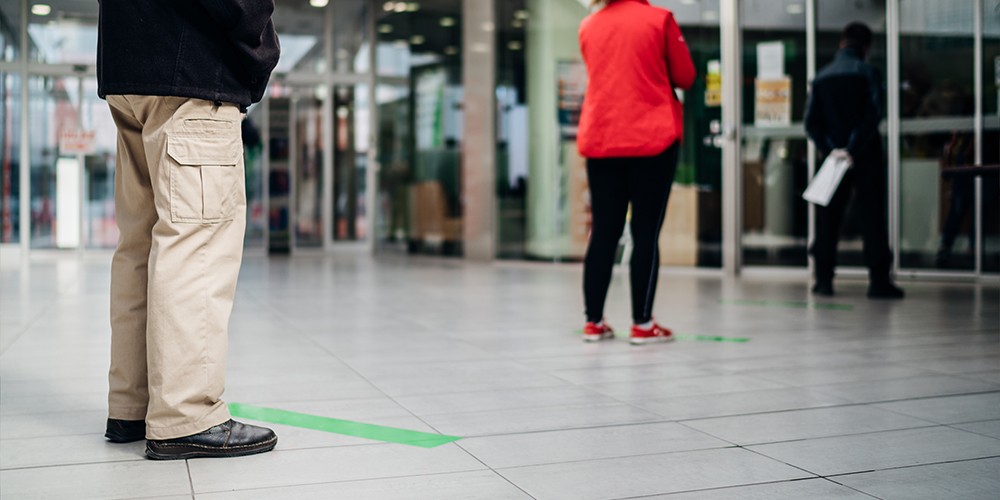
Once the time is deemed right, the blueprint then suggests government and retailers look at reopening stores to the public with strict social distancing, hygiene, and sanitization rules in place along with customer limits.
Proposing protocols for both employees and customers, the blueprint calls on governments to issue clear guidelines and recommends the use of signage.
It also suggests practical measures like contactless payments and six-feet distancing in checkout queues, and between cashiers and customers at checkouts.
The blueprint further recommends store occupancy of no more than 50 per cent and no less than 20 per cent of the maximum capacity according to the relevant fire code, or alternatively thresholds of no more than five customers per 1,000 square feet of total store square footage excluding employees.
Customer education would be a key component of this phase along with increased sanitization of high touch areas, including technology like the Point of Sale. Strict hygiene measures should also be employed, the report notes, such as increased handwashing and the provision of hand sanitizer.
“During this phase, retailers open additional stores to the public with robust health and safety protocols in place to protect customers and employees and to mitigate the spread of the virus so COVID-19 does not revert,” the blueprint states.
Step 3 – Business as new normal
The third and final stage of the reopening plan sees social distancing measures reduced but sanitization and hygiene protocols remain in place.
The report suggests sanitizer should be readily supplied to staff, hands should frequently be washed, high touch areas should regularly be cleaned and any staff who are showing signs of illness should remain at home.
“There is no doubt that even under the most optimistic of scenarios, American families will be adjusting to a “new normal” for some time to come,” the blueprint concludes.
“The entire retail sector is prepared to meet this challenge and give consumers confidence in our ability to safely and warmly welcome them back into our stores. We appreciate the tireless efforts of America’s governors to safeguard our communities throughout this crisis, and we are ready to work together to safely re-open our economy.”
The RILA and NRF “Open for Business – A Blueprint for Shopping Safe” was released on April 27 and is available in full here.
